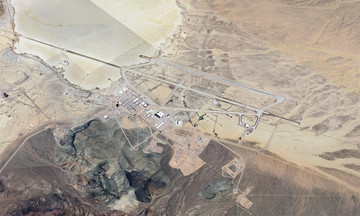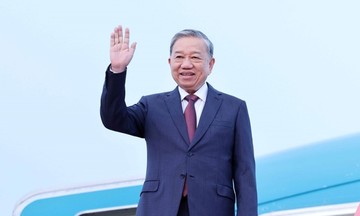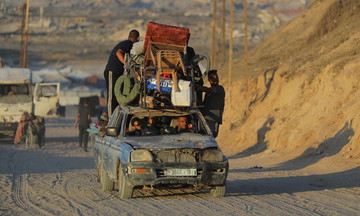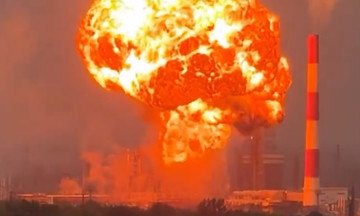On 24/8, US media outlets reported on a "request for information" issued by the US Air Force earlier this month. The request calls for defense industry corporations to develop "1:1 replicas" of the Iranian-made Shahed-136 suicide drone, matching its shape, size, and capabilities.
Companies are encouraged to submit designs for finished UAVs, as well as products they could develop, with the aim of creating dual-use vehicles suitable for both training and frontline deployment. The US Air Force plans to initially purchase 16 UAVs, with the potential for a follow-up order of 20 more.
 |
MQM-172 Arrowhead UAV prototype. Photo: *Griffon Aerospace* |
Since the US government isn't providing Shahed-136 examples, participating companies must independently develop aircraft that meet the requirements.
The replica UAVs must have a minimum range of 2,500 km, a speed of 185 km/h, a length of 3.5 m, and a wingspan of 2.5 m. They must also use a propeller engine of the same size and placement as the original, be launched using a pneumatic mechanism, and be capable of autonomous flight from takeoff to landing.
These replicas will not be used in active service, but solely for training and testing purposes. This will ensure that US military operations and technology can effectively counter these types of drones in real-world scenarios.
Western militaries recognize the strategic value of suicide drones, although many have been slow to incorporate them into their arsenals.
On 16/7, the US company Spektreworks showcased its Low-Cost Unmanned Aerial Combat System (LUCAS) prototype at the Pentagon. This system is believed to closely resemble Iran's Shahed and Russia's Geran-2 drones.
The LUCAS prototype features a modular design, allowing for interchangeable nose-mounted components to support different mission profiles such as attack, reconnaissance, and communication.
 |
LUCAS UAV prototype displayed at the Pentagon on 16/7. Photo: *US Navy* |
Another potential contender is the MQM-172 Arrowhead, considered by experts to be an "unlicensed copy of the Shahed-136" due to its many similarities with the Iranian drone.
The MQM-172 can be launched pneumatically or by rocket. It can carry a warhead, electronic warfare equipment, or intelligence, surveillance, and reconnaissance systems, with a maximum payload of approximately 45 kg.
Nguyen Tien (*Aviationist, AFP, AP*)












